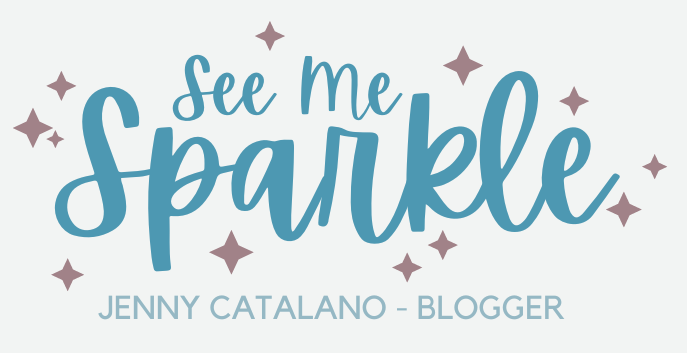Beyond the age-old standards
For survivors working to heal from their trauma, talk therapy is as mandatory as breakfast. In fact, it’s likely still the primary component of the healing process. But today, options for trauma treatment go far beyond talk therapy.
As mental health awareness continues to gain traction, so do alternative methods for treatment. The days of a one-size-fits-all, couch-reclining confessional approach to therapy is going the way of landlines and skinny jeans.
This is a tremendous breakthrough for those seeking treatment who find that their progress has stalled or has even come to a screeching halt. While talk therapy is arguably still a treatment cornerstone and the default first step to mental wellness, it is not without its limitations. It is becoming increasingly recognized that talk therapy alone will not fully rid you of the effects of trauma. Fortunately, we don’t have to throw in the towel if this version of therapy doesn’t carry us across the finish line.
Be open to options
From somatics to brainspotting, body-focused treatment options are quickly rising in popularity. For some, these alternatives to talk-centered therapy may require plenty of research and an open mind in order to adopt their non-traditional ideologies.
I can fully admit to initial skepticism. At first glance, some of these methods seemed to teeter on the edge of the woo-woo, hippie spectrum. I wasn’t an easy sell. But when you’ve maxed out your talk therapy gains yet still sense the ongoing presence of trauma’s collateral effects, your level of acceptance expands to include all available options.
Not your grandmother’s therapy
EMDR, Somatic Experiencing, and Breathwork are additional examples of body-focused therapies. These offerings are based on the assertion that trauma is stored in and “remembered” by the body until it is processed and released.
This stored trauma, if not addressed and managed, often leads to physical pain, unexplained medical issues, depression, anxiety, and disassociation among many other residual effects. By addressing both components of the mind/body connection, successful healing becomes much more attainable than by treating the mind alone.
In spite of my doubts, my research yielded a plethora of convincing data. So much of what remained unresolved for me were dead ringers for the symptoms these integrated therapies set out to treat. My limited framework of healing opportunities rapidly expanded and I began researching somatic therapists in my area.
Realizing the benefits
Being open to holistic approaches to trauma informed therapies has unequivocally changed my perspective and has instrumentally impacted my progress. My anti woo-woo stance (that I now realize came from a place of ignorance) has effectively been shattered. I am regularly treated with a form of touch therapy, have participated in energy healing sessions and have had several meetings with intuitive coaches.
All of these methodologies help to heal and process my trauma by targeting different aspects of my physical being or my psyche through less conventional means. For me, each of them has contributed in some way to a more calm demeanor and a very marked decrease in inflammation and chronic pain that traditional, medical approaches could not successfully resolve. I notice new, subtle, but positive changes almost daily.
My expanded education on the merits of body-based treatments has also taught me a humbling lesson in not dismissing what I don’t understand before taking the time to learn more about it.
There just may be something to those ancient, Eastern approaches to wellness after all.
Integrating medical and holistic modalities
I haven’t tossed all medical modes of treatment out the window just yet. For now, my well-being is reliant on a balanced combination of medical and holistic modalities. Both talk therapy and body-based treatments have their place in my healing approach. And I am grateful to have options.
You are the key architect in your unique healing plan. Get familiar with your options and change course when necessary to ensure your comfort and to maintain measurable progress. There is no one right approach – only what is right for you.
For more information: Support for holistic treatment of trauma





